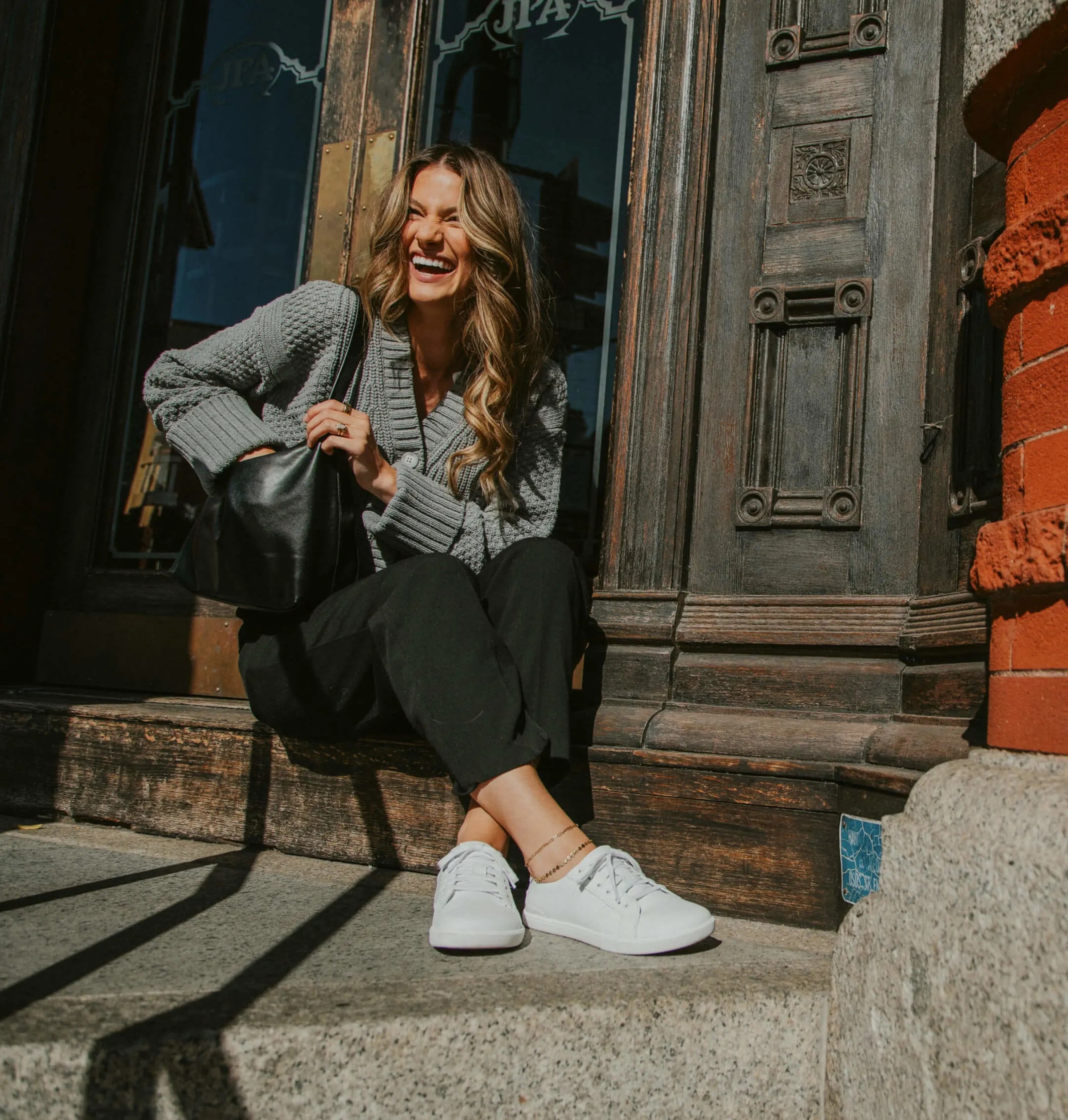In recent years, the footwear market has seen a surge in the popularity of minimalistic footwear. These shoes emphasize a natural stepping motion and aim to mimic the feeling of walking barefoot. However, not all minimalist footwear is created equal. As enthusiasts explore the world of minimalistic shoes, certain features emerge as essential for identifying the finest options. This article discusses those standout characteristics, helping you make informed choices.
Key Takeaways
- Natural Motion: The design of great minimalist shoes allows for an unrestricted range of motion.
- Lightweight Construction: High-quality materials ensure minimal weight, promoting comfort.
- Flexibility: Effective barefoot footwear offers flexibility to encourage the natural foot movement.
- Durability: A sturdy build can withstand daily wear while maintaining performance.
- Comfort Fit: A snug but comfortable fit ensures that the shoes stay in place while you move.
The Importance of Natural Motion
The best footwear designed for a barefoot experience prioritizes allowing the foot to move naturally. This means the shoe should facilitate a full range of motion, from the flex of the toe to the arch of the foot. Shoes that limit movement can cause discomfort and even lead to injuries. Opting for footwear that promotes a natural gait becomes essential, especially for those who are transitioning from traditional footwear.
Many enthusiasts searching for the finest minimalist footwear understand that a close-to-the-ground feel allows them to connect better with the terrain beneath them. This connection not only enhances foot strength but also improves overall balance and stability during various activities.
Lightweight Construction and Comfort
When it comes to footwear designed for the natural experience, lightweight materials are a defining factor. The best options utilize advanced technologies to create a shoe that feels barely there while offering protection. A lightweight shoe reduces the energy expenditure during activities such as running or hiking, thereby enhancing endurance.
Comfort is another significant aspect. Whether you are running through the park or embarking on a long hike, the shoe should mold to the foot. A proper fit will enhance comfort levels, allowing for additional focus on performance rather than discomfort. Look for shoes that offer a flexible fit without constricting your movements.
Flexibility is Key
Flexibility is a critical feature for footwear aimed at mimicking the experience of being barefoot. The best options on the market allow your foot to flex and bend naturally while offering traction. Without flexibility, even the most aesthetically pleasing shoes can hinder performance and comfort.
High-quality minimalist footwear should feature a soft sole that promotes movement. Stiff shoes will restrict foot engagement with the surface, ultimately decreasing the advantages of wearing them. Being able to curl your toes and bend your feet freely is vital for a pleasant experience.
Durability Matters
While lightweight materials are essential, durability should not be overlooked. The bonds between comfort and long-lasting wear create a crucial balance. High-quality minimalist shoes are crafted using durable materials that withstand various conditions, ensuring that they will meet the demands of active lifestyles without degrading quickly.
Investing in shoes that have a reputation for longevity can save you money in the long run, as they will not require frequent replacements. Look for footwear brands with extensive customer reviews to gauge their performance over time.
Comfort Fit: Finding Your Size
An optimal fit is incredibly important when selecting the best footwear for a barefoot experience. The shoes should hug your foot without being uncomfortably tight. A good fit ensures that the foot stays secure during movement but does not restrict circulation or lead to blisters.
Before purchasing, it is advisable to try the shoes on, if possible. If ordering online, be sure to check the return policy, allowing for exchanges if the size is incorrect. A well-fitting shoe contributes significantly to a positive experience, whether you are walking, running, or engaging in other athletic activities.
Conclusion
In conclusion, not all minimalistic footwear is created equal, and understanding what makes the best options stand out can lead to improved comfort and performance. From promoting natural motion to ensuring an optimal fit, these factors are crucial for making an informed purchase. Don’t compromise on quality or performance; it’s worth investing in shoes that enhance your experience on various terrains. If you’re looking for new footwear options, consider browsing for a range of premium choices to find the right fit for your lifestyle. For a great selection of innovative footwear options, check out a source like minimalist footwear varieties.
FAQ
1. How do I know if a shoe is truly minimalist?
To identify a minimalist shoe, check for flexible soles, lightweight materials, and a design that promotes a natural range of motion. A shoe should allow your foot to move as if you were barefoot.
2. Can I transition to barefoot footwear if I have never worn them before?
Yes, but it is crucial to ease into wearing them. Start with short periods to allow your feet to adapt to the different mechanics, gradually increasing usage as comfort improves.
3. Are barefoot shoes suitable for all activities?
While many minimalist shoes are versatile, some may be better suited for specific activities like running or hiking. Be sure to select shoes that meet the demands of your preferred activities for the best experience.

